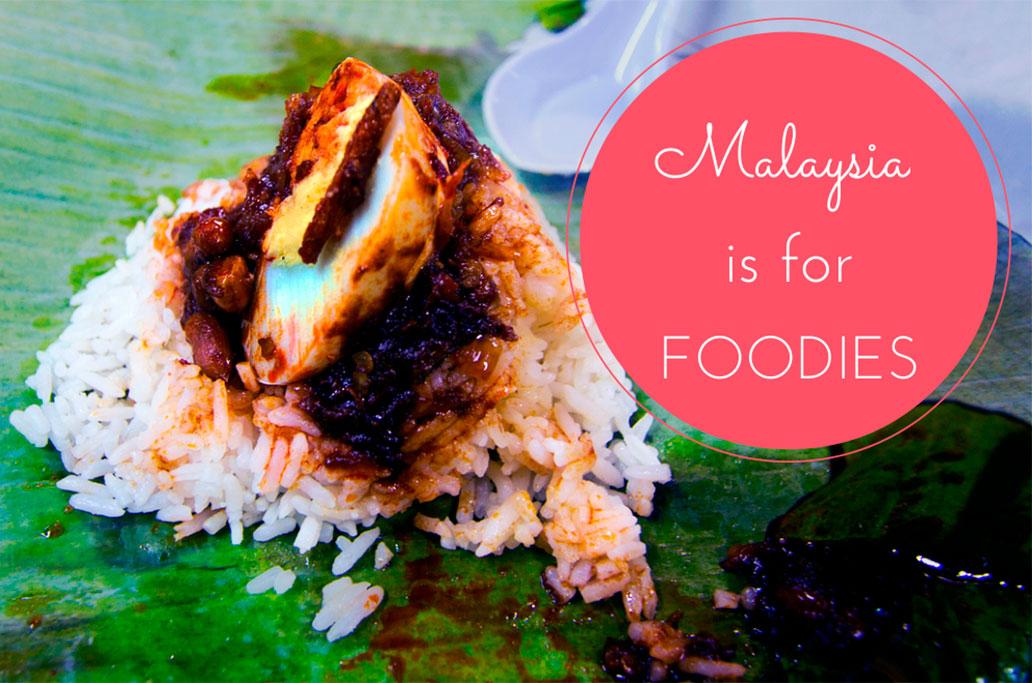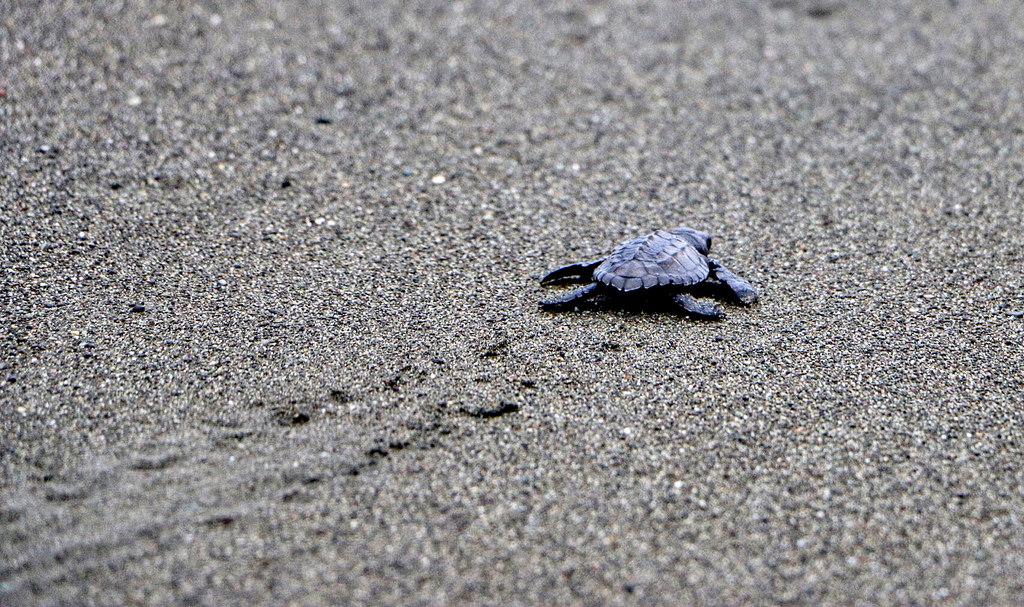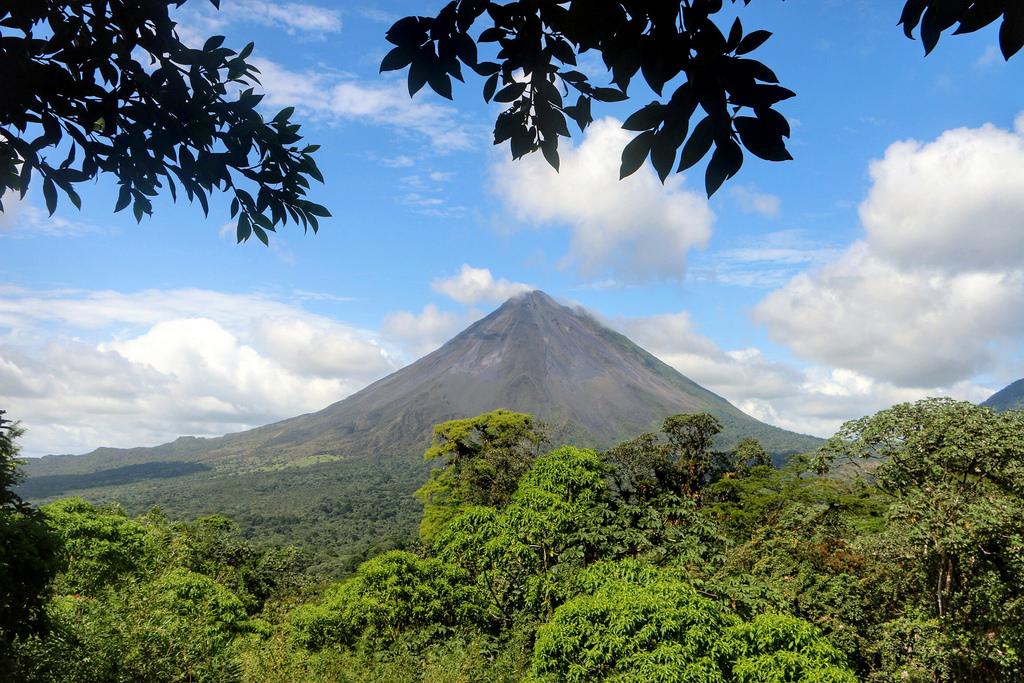After publishing 10 things to do in Kuala Lumpur, I immediately got an overwhelming response with people saying things like “eating better be at the top of the list!” and “9 out of 10 of those things better be eating!”
And although my list wasn’t actually in a particular order, without a doubt, I would have to put eating at the top of it. Malaysian food is probably the most underrated food ever, and now I can’t get enough of it.

Malaysian stall Beth Williams, BesuDesu Abroad





